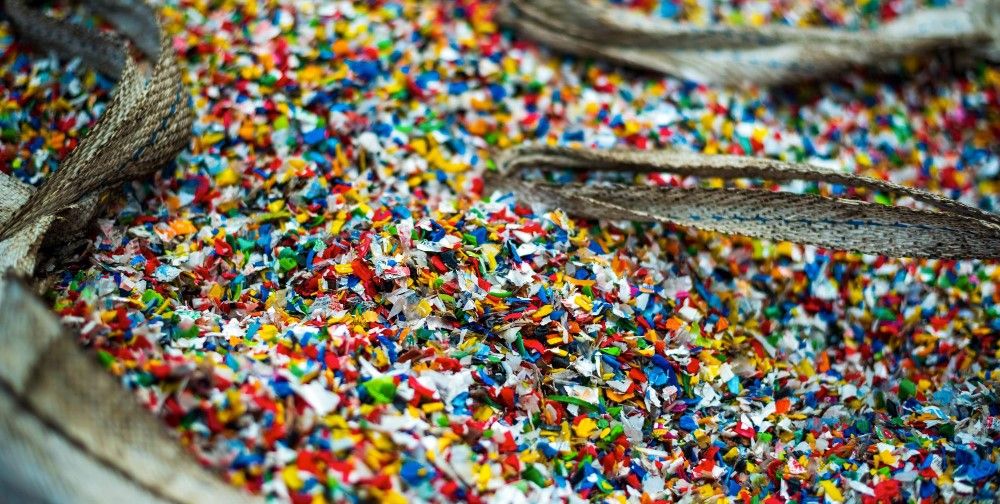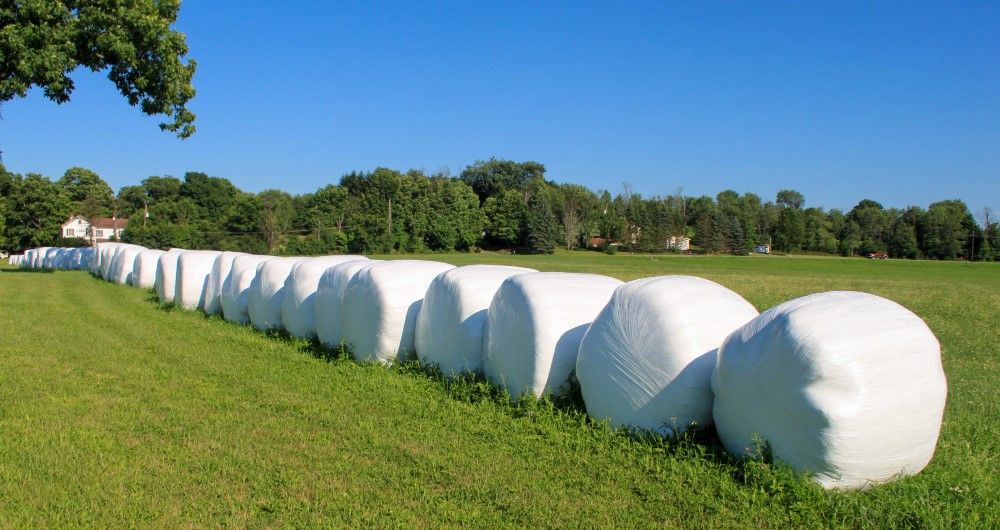For the past three decades, bioplastics have been the great hope that will revolutionise the polymer sector and provide a path away from fossil fuel feedstocks towards a greener, cleaner, and more sustainable industry.
Yet today, consumers, plastics manufacturers, and the environment are still waiting for the change to happen.
But they may not be waiting long, as technology, politics, and public opinion have all aligned to possibly make 2024 the year of the bioplastic.

The start of the bioplastic decade?
The evidence supports the sense that a sea-change is coming. “In the last decade, the production of biodegradable plastics showed low annual growth rates, rarely exceeding 1.5 million tonnes per year,” says a recent report on the European bioplastics market. “But in 2022, global bioplastics production — biodegradable and non-fossil-based plastics, bio-PE, and bio-PET, for example — surpassed the barrier of 2 million tonnes, with biodegradable plastics accounting for 1.2 million tonnes.”
With global bioplastics production finally breaking the 2-million-tonne barrier, predictions are that the sector will now blossom to exceed five million tonnes by 2025. This will include 2.5 million tonnes of biodegradable plastics that will grow to 3.5 million tonnes by 2027.
The figures are a consequence of investments made by the larger bioplastics manufacturers, such as Futerro, NatureWorks, and LG-Chem, who are all constructing new bioplastics facilities.

Why is bioplastic production growing now?
The overall change is likely connected to a change in public opinion and a fresh perspective on the circular economy which has transferred into political debate and the publishing of the EU plastics strategy.
The EU data shows that PLA is the main driver for growth in the biodegradable plastics industry, with new advances in technology likely to aid the sector in the coming years, particularly for higher temperature applications.
Can PHA-based bioplastics become the best alternative to polypropylene?
It is also anticipated that the manufacture of bioplastics based on PHA will rise. Because of their comparatively high service temperature and PHA biodegradability in soil, these polymers are a better option to replace raw materials like polypropylene.
PHA offers a wide range of qualities and can help increase the flexibility of a polymer composite. PHA bioplastics are ‘open-code’ polymers, in contrast to PLA, and a large number of start-ups are building their businesses on the creation of novel polymers and compounds within this plastic family. Because PHA may be produced in a variety of methods with various bacteria and carbon sources, the open-code analogy is appropriate. The drawback is that lactide is required for PLA, a feedstock which is only available from a few sources.
Suitable bioplastic feedstocks and types
Since several food ingredients, such as starch and sugar, are used in the creation of biodegradable polymers, ethical concerns have long been raised about plastics being grown instead of much needed food. Due to this potential drawback, additional studies have been conducted on polymers made from agro-forestry waste, novel polysaccharides, and new building blocks for the polymerization of polymers already in use, like PLA, PHA, PBAT, and PBS. These natural building blocks can also be applied to the development of new reactive extrusion polymerization techniques and polymers including PLA, PCL, PBS, and PGA.

The most popular biodegradable polymers, starch-based blends, have not increased in demand despite overall growth projections because of their poor mechanical and thermal qualities, which limit their applications to bag manufacturing and agriculture. However, due to simple availability of new starch sources, the market position of these plastics is well-established, and new companies are entering the sector at pace.
The market for bioplastics, which has historically been focused on extrusion, has a lot of promise, particularly when it comes to moulded consumer goods and, in the medium term, household appliances, textiles, and automotive applications. By adding fillers, additives, or natural fibres—which are the best reinforcing agents for these kinds of materials—as well as other polymers to create custom blends for particular uses, bioplastic compounding will be crucial in modifying the chosen polymers and enhancing their mechanical and thermal properties. For example, nowadays, ‘natural’ polymers like bio-PA are more frequently used in the automobile sector.

The issue of compostable plastics
If the polymer sector is to adjust to current trends, then compostability is a problem that biodegradable plastic compounds need to address.
“Regulations will dictate uptake of biodegradable plastics,” says Luis Roca Blay a spokesperson at Spain’s AIMPLAS – Plastics Technology Centre acknowledges. “As occurred 40 to 50 years ago, when many recyclers become compounders and started developing special compounds for their customers and plastics started gaining ground on conventional materials such as wood, glass, metal, and paper, something similar could happen now with bioplastics. A new breed of compounders who modify PLA, PHA, and other bioplastics could drive a shift away from conventional polymers in some applications.”

However, bioplastic's compostability and range of applications will vary depending on what is added to it. Any new biopolymer created should therefore be stringently tested to establish what standards it adheres to. It is also necessary to educate manufacturers on what novel biopolymers, like PHA or PLA can do. A polymer that is suitable and compostable when used in an agricultural bag may not be suitable for use in a toothbrush or hairdryer.
When it comes to the success or failure of bioplastics in a market dominated by fossil fuel plastics, it is important to consider a range of factors, most notably cost, performance, and consumer demand.
Ultimately, the future of the bioplastics market will depend on the collective efforts of industry, the public, and policymakers to prioritize sustainability and drive the demand for more environmentally friendly raw materials.
You might also like to read: Polymer Researchers Renew Analysis of Tara Gum as a Feedstock or Mixed Polymer Recycling Made Simple
Photo credit: Flickr, Freepik, Freepik, Frimufilms, the starfish, & wirestock